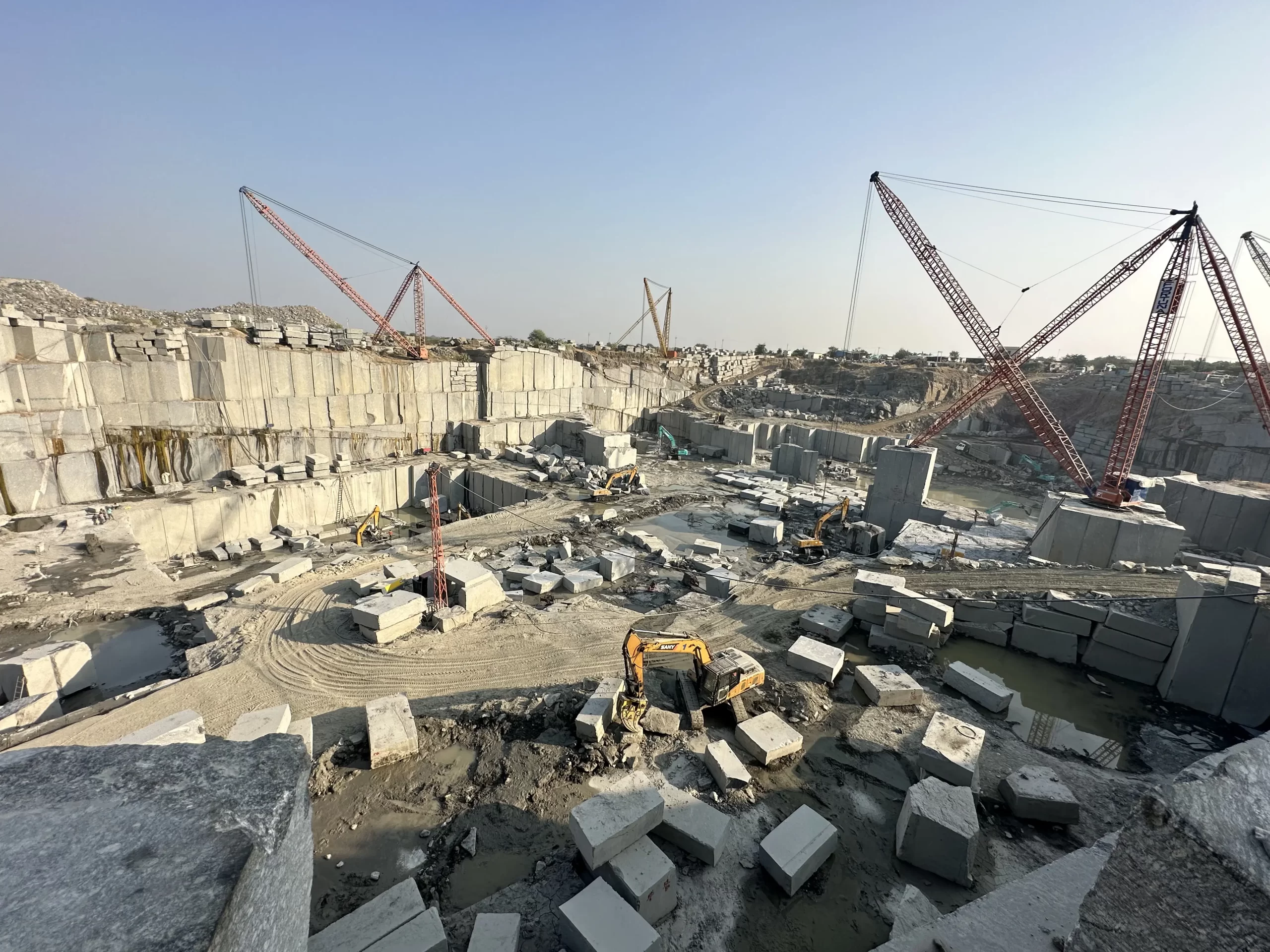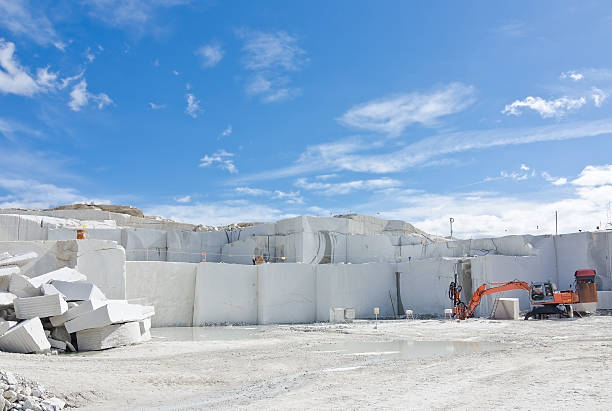Revealing the Mysteries of Granite Quarrying: Where Toughness and Style Meet
The world of granite quarrying is a world where the raw toughness of nature assembles with human virtuosity to develop frameworks that stand the test of time with an air of beauty. From the depths of quarries to the careful sprucing up in workshops, the procedure of changing granite into architectural wonders is a complicated dance of tradition and development. As we peer right into the depths of this old craft, we start to discover the surprise complexities that form the really essence of our built setting.
The Origins of Granite Quarrying
In the record of architectural history, the beginnings of granite quarrying are shrouded in a tapestry of old workmanship and geological wonders. Going back to old Egypt and Mesopotamia, the extraction of granite from quarries marked the beginning of a trip that would eventually cause the creation of several of the globe's most iconic frameworks.
Granite quarrying's roots can be traced to the proficient craftsmens who acknowledged the stone's toughness and visual allure. Via a combination of primitive devices and large resolution, these early quarry workers discovered granite blocks that would certainly become the building blocks of civilizations.
As people evolved, so did the methods of quarrying granite. The Romans, renowned for their design prowess, developed innovative methods for removing granite to create monuments, holy places, and roads that stood the test of time.
The legacy of these old quarrying methods continues to shape modern style, with granite continuing to be a symbol of toughness and sophistication in building projects around the world. (granite quarries in south africa)
Devices of the Quarrying Trade
The advancement of granite quarrying methods from old people to contemporary times highlights the critical function played by the devices of the quarrying sell shaping the market's practices. In ancient times, quarrying devices were simple, usually containing chisels, hammers, and wedges made from materials like bronze or iron. These devices called for substantial manpower and time to extract granite blocks from quarries.

In addition, the introduction of pneumatically-driven tools and high-powered equipment has actually considerably minimized the physical labor required in quarrying procedures, enhancing worker safety and productivity. As the quarrying review sector remains to introduce, the devices of the trade continue to be at page the center of driving progression and shaping the future of granite extraction.
Drawing Out Blocks of Granite
Making use of accuracy machinery and progressed techniques, the removal of granite obstructs from quarries has ended up being an advanced process in the modern quarrying sector. The initial action entails recognizing the area and size of the granite down payment to determine the most efficient extraction technique. As soon as an ideal website is picked, the removal process starts with the boring of openings for the placement of explosives. Regulated blasting methods are then used to disintegrate the granite into manageable sections.

Polishing and Completing Strategies
To attain a flawless surface on granite blocks, knowledgeable craftsmens employ a series of thorough sprucing up and completing methods. After the initial removal and forming processes, the granite blocks go through an extensive sprucing up phase to improve their visit this site all-natural beauty and sturdiness.
In addition to sprucing up, completing methods are used to further fine-tune the granite's look. By thoroughly choosing and applying these brightening and ending up strategies, artisans can transform raw granite obstructs right into exquisite pieces that showcase both toughness and beauty.

Ecological Influence and Sustainability
With the expanding focus on environmental consciousness in the industry, granite quarrying practices are increasingly looked at for their influence on natural sources and long-lasting sustainability. Additionally, the transportation of granite from quarries to processing facilities creates carbon discharges, further adding to ecological destruction.
To reduce these effects and ensure sustainability in granite quarrying, sector stakeholders are embracing different procedures. Applying innovative technologies to minimize energy consumption and water use, reclaiming quarried land for environmental remediation, and advertising responsible sourcing techniques are some methods being utilized. Accreditations such as the Woodland Stewardship Council (FSC) and the Management in Power and Environmental Layout (LEED) help customers determine ecologically friendly granite items.
Final Thought
Finally, granite quarrying is a process that requires specialized tools and strategies to essence blocks of granite and brighten them to a high degree of coating. While the ecological influence of quarrying can be significant, initiatives are being made to boost sustainability practices in the sector. In general, granite quarrying is a delicate balance between utilizing the toughness and beauty of this all-natural stone while reducing its effect on the atmosphere.